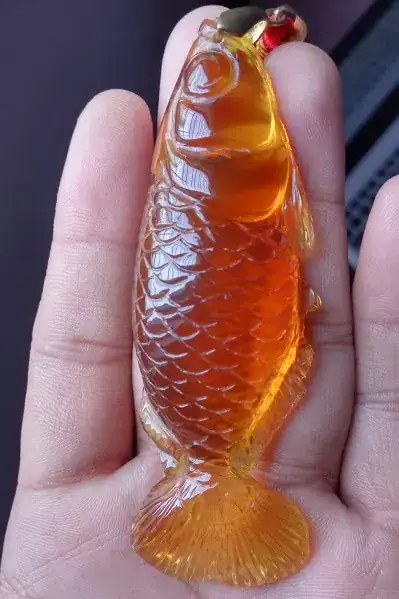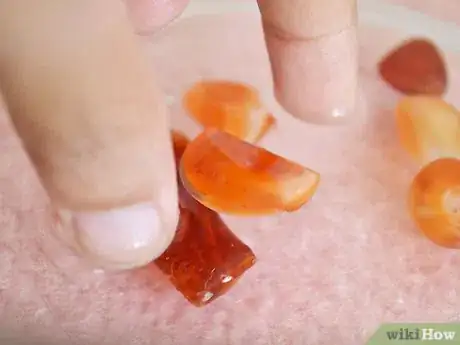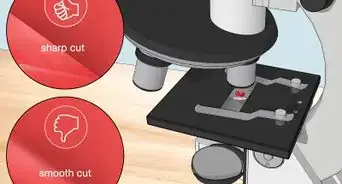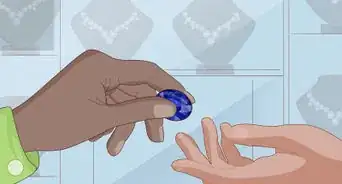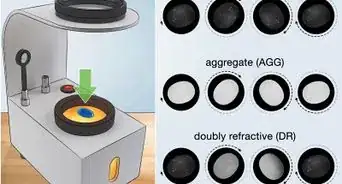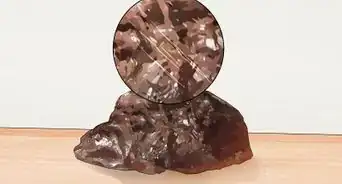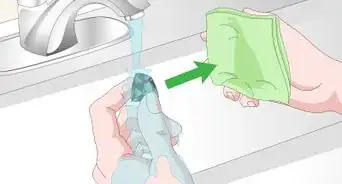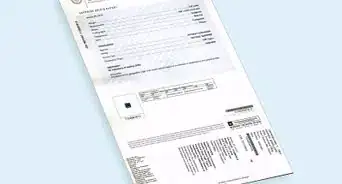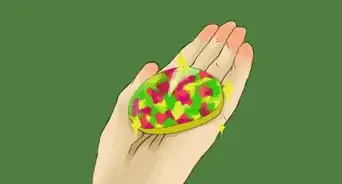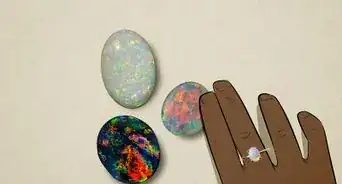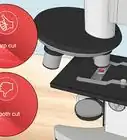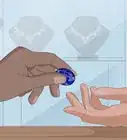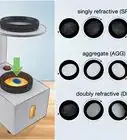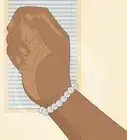wikiHow is a “wiki,” similar to Wikipedia, which means that many of our articles are co-written by multiple authors. To create this article, 17 people, some anonymous, worked to edit and improve it over time.
wikiHow marks an article as reader-approved once it receives enough positive feedback. In this case, 92% of readers who voted found the article helpful, earning it our reader-approved status.
This article has been viewed 65,425 times.
Learn more...
Amber is a type of fossilized tree resin which is millions of years old. It comes in a variety of colours, the most common being a pale orange, though white, yellow, green, cherry red, dark brown and black are available too. There's even rare blue amber from the Dominican Republic. As with most gemstones, there are cheap imitations around so it's important to know ways to test amber gemstones that you come across.
Steps
-
1Do the static test.
- Vigorously rub your amber on some wool for about 20 seconds to create static.
- Take a strand of hair and place the static-charged amber close to it. Real genuine amber should quickly attract the hair towards it, with the hair gently sticking to the gemstone. If no static is produced after rubbing on wool (ie it doesn't attract the hair) then you might have a piece of fake amber.
-
2Know what to expect from each type of amber.
- Genuine amber is lightweight and warm to touch, not cold nor heavy like glass.
- Loose amber beads can be tested in salt water. Add 25g of salt to 200ml water in a glass and drop your amber into it. Genuine amber should float, not quickly sink to the bottom.
- Genuine amber reacts to ultraviolet light. Take your amber into a darkened room and shine a cheap UV torch on it. If it gently glows, it's real.
Advertisement -
3Check your amber piece for seams and mold marks, which indicate it may actually be made from plastic.
-
4When you are about to buy a rough amber or carved amber, it can be easily tested with UV flashlight. When the uv flashlight apply, the color of the amber changes. If there is no changes in color of amber, it can be assured that it was synthetic (fake).
-
5Another cracking the test of Amber: The reflections on the amber stone always show up downside. When you look the surface of amber, the images behind that stone reflect in downside position. You can easily test this way if you have excellent vision power.
Community Q&A
-
QuestionIf my amber floated in salt water and sunk in tap water, is my amber real?
 Anastasia NieshevaCommunity AnswerYes. Natural amber in most cases floats in salty water and sinks in fresh water. This is how in some places, for example the Baltic Coast, you can find it washed up on the shore after stormy weather.
Anastasia NieshevaCommunity AnswerYes. Natural amber in most cases floats in salty water and sinks in fresh water. This is how in some places, for example the Baltic Coast, you can find it washed up on the shore after stormy weather. -
QuestionHow do I do the hot pin test for amber?
 Anastasia NieshevaCommunity AnswerIf you apply the hot tip of a needle to the amber surface, a white smoke with a characteristic resin odor will appear. It will smell similar to a pine tree.
Anastasia NieshevaCommunity AnswerIf you apply the hot tip of a needle to the amber surface, a white smoke with a characteristic resin odor will appear. It will smell similar to a pine tree. -
QuestionWhat are other ways to distinguish real amber from plastic? As far as I know, plastics also have electric static and will glow under UV light as well.
 Anastasia NieshevaCommunity AnswerThree tests can be helpful here: scratch test, saltwater test and heating/smell test. Scratch test: Take a needle and scratch the stone in an unobtrusive spot; plastic will leave elastic shavings, while amber will crumble with small pieces that can be ground into powder. Saltwater test: Dilute 8 - 10 teaspoons of salt per glass of water and put the amber in the solution; plastics (Bakelite, Polybrene, Bernat (Bernit), celluloid and imitations from epoxy resins) drown in salty water, while amber will float. Heating test: Apply the hot tip of a needle to the amber surface; amber will smell like sweet pine, whereas plastic will have a sharp chemical smell.
Anastasia NieshevaCommunity AnswerThree tests can be helpful here: scratch test, saltwater test and heating/smell test. Scratch test: Take a needle and scratch the stone in an unobtrusive spot; plastic will leave elastic shavings, while amber will crumble with small pieces that can be ground into powder. Saltwater test: Dilute 8 - 10 teaspoons of salt per glass of water and put the amber in the solution; plastics (Bakelite, Polybrene, Bernat (Bernit), celluloid and imitations from epoxy resins) drown in salty water, while amber will float. Heating test: Apply the hot tip of a needle to the amber surface; amber will smell like sweet pine, whereas plastic will have a sharp chemical smell.
Warnings
- There are some invasive methods of testing amber, such as a hot pin test. These work well, but may completely ruin your amber.⧼thumbs_response⧽
